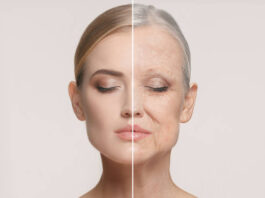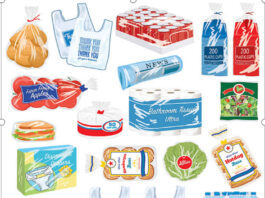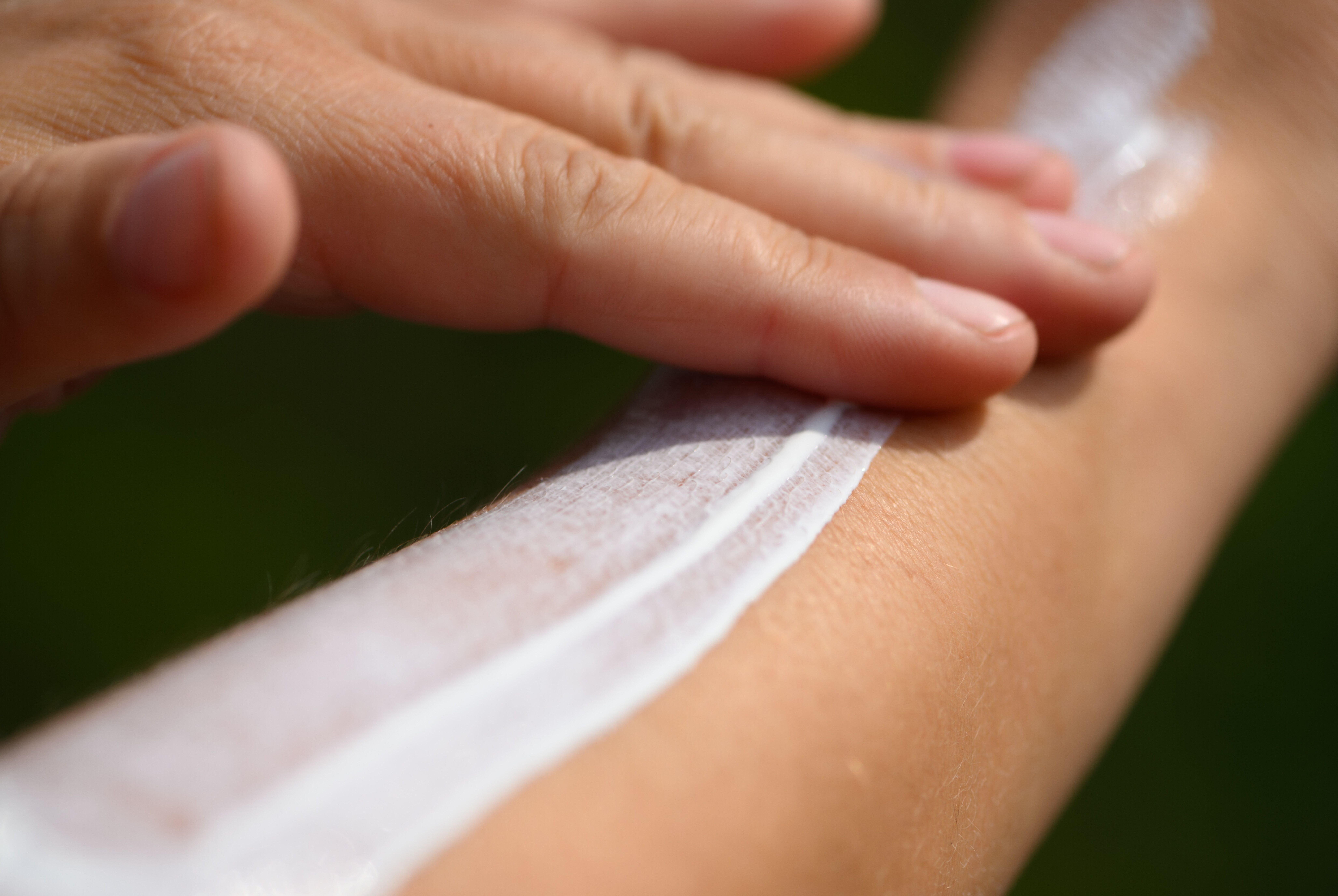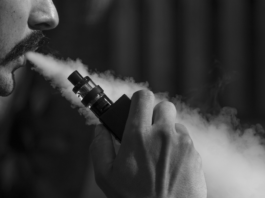
About Ethylene Dichloride
Ethylene Dichloride with the chemical name of 1,2-dichloroethane is a colorless liquid that has a chloro-form-like odor, composed of two carbon atoms, four hydrogen atoms, and two chlorine atoms, that’s why it’s also named chlorinated hydrocarbon.
Ethylene Dichloride is one of the most used chemical products in the chemical and petrochemical industry, Ethylene Dichloride manufacturers mostly use the catalyzed reaction between Ethylene and chlorine as the main production method for producing Ethylene Dichloride in the industry.
The other way of producing this substance that is less used by the Ethylene Dichloride manufacturers is the catalyzed reaction of oxychlorination of Ethylene.
Difference Between Ethylene Dichloride And Ethylene Chloride
Ethylene Chloride is an organic compound with the chemical name of 1,1-dichloroethane, this product contains two chlorine atoms bound to the same carbon atom of the Ethylene chemical structure.
Ethylene Chloride is mainly used as feedstock for chemical synthesis, which is mainly for the synthesis of 1,1,1-trichloroethane.
Ethylene Dichloride on the other hand is a chlorinated hydrocarbon with the chemical name of 1,2-dichloroethane, in this product, two chlorine atoms are bound to two carbon atoms of the Ethylene chemical structure.
Ethylene Dichloride is one of the most important products in the chemical industry that is used mainly for the production of Vinyl chloride, also used as a degreaser, as a paint remover, and as a source of chlorine for laboratory uses, also Ethylene Dichloride is used in dry cleaning, as an anti-knock additive in leaded fuels.
- The key and major difference between Ethylene Chloride and Ethylene Dichloride are that in Ethylene Dichloride the two chlorine atoms are bound to two carbon atoms whereas in Ethylene Chloride the two chlorine atoms are bound to the same carbon atom.
- Although both Ethylene Dichloride and Ethylene Chloride have their use and Advantages in the industry, we can say that Ethylene Dichloride is a more important chemical product in the industry and has more uses and applications.
Ethylene Dichloride Uses & Applications
- The most important Ethylene Dichloride uses is in the production of Vinyl Chloride monomer
- Also, other uses and applications of Ethylene Dichloride include a paint remover, a degreaser, a dry cleaning, an anti-knock additive in leaded fuels, and many more
Ethylene Dichloride Properties
- The chemical formula of the Ethylene Dichloride is C2H4Cl2
- Ethylene Dichloride molar mass is 98.95, with the appearance of the colorless liquid
- The density of the Ethylene Dichloride is 1.253, with a melting point of -35°C, and a boiling point of 84°C
- The solubility of Ethylene Dichloride in water is 0.87 g /100 mL, with a viscosity of 0.84
About Ethylene Chloride
Ethylene Chloride has the chemical name of 1,1-dichloroethane and is an organic compound that is composed of two carbon atoms, four hydrogen atoms, and two chlorine atoms.
In this substance likewise the Ethylene Dichloride, the chlorine atoms are bound to the same carbon atom and three hydrogen atoms are bound to the second carbon atom, this is the key difference between Ethylene Chloride and Ethylene Dichloride that has created two different substances with very different uses and applications in the chemical and petrochemical industry.
Ethylene Chloride is a colorless oily liquid that has a chloroform-like odor, Ethylene Chloride is also one of the most important substances in the chemical and petrochemical industry.
Ethylene Chloride Uses & Applications
- Ethylene Chloride is mainly used as the feedstock for chemical synthesis
- Also, this substance is used as a solvent for plastics, oils, and fats, as a fumigant, and as a halon fire extinguisher
Ethylene Chloride Properties
- The molecular formula of Ethylene Chloride is C2H4Cl2
- The molar mass of the Ethylene Chloride is 98.9592
Ethylene Chloride melting point is -35°C, with the boiling point of 83.5°C
- Ethylene Chloride solubility is 8.7 with a vapor pressure of 83.9,
- Ethylene Chloride appearance is a colorless and transparent oily liquid with the taste of sweet
Structure Of Ethylene Chloride & Ethylene Dichloride
Both Ethylene Dichloride and Ethylene Chloride have two carbon atoms, four hydrogen atoms, and two chlorine atoms.
The key difference between these two important substances in the chemical and petrochemical industry is that in the Ethylene Dichloride formula, two chlorine atoms are bound to two different carbon atoms whereas, in the Ethylene Chloride formula, two chlorine atoms are bound to the same carbon atom.
This important difference has created two different substances that have different uses and properties, both of them are important and are among the most important substances in the world of the chemical and petrochemical industry.
Ethylene Dichloride Manufacturer
Ethylene Dichloride manufacturers mostly use catalyzed reaction between Ethylene and chlorine for the production of Ethylene Dichloride, although there is another less used way for the production of Ethylene Dichloride and that is catalyzed reaction of oxychlorination of Ethylene.












